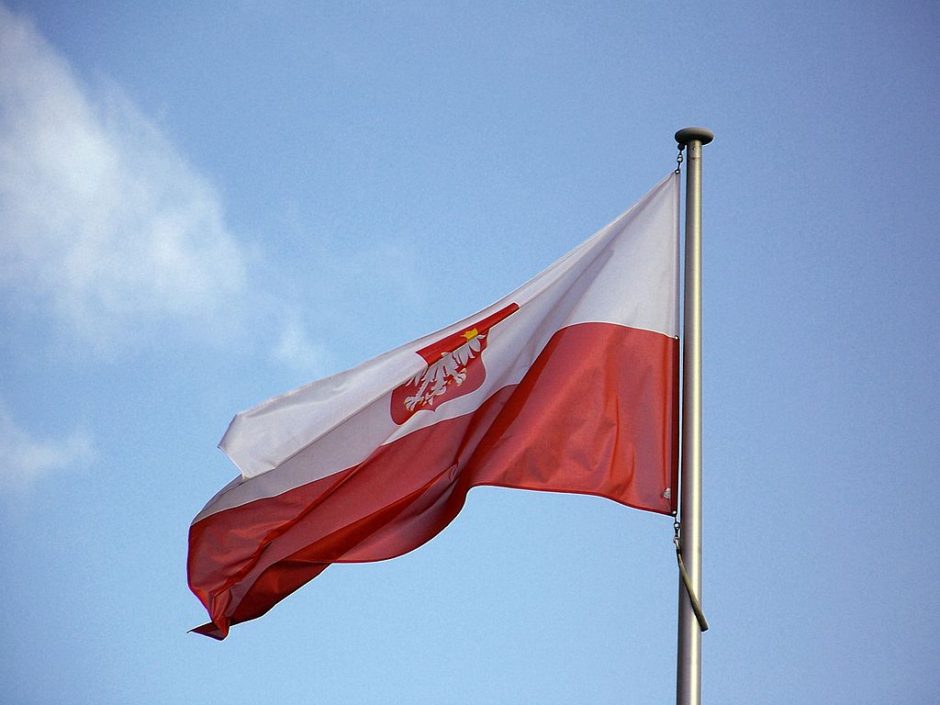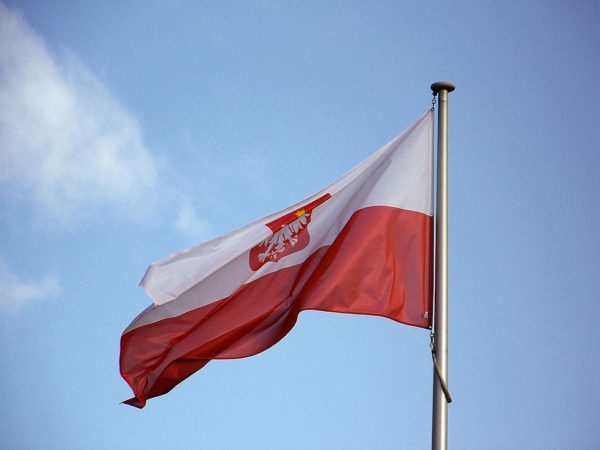
Few of the countries invaded and plundered by Germany during World War II endured a fate as terrible as that of Poland.
Six million of its inhabitants — three million Christians and an equal number of Jews — perished during the course of the Nazi occupation. They were murdered, felled by starvation and disease, and killed in German extermination camps like Auschwitz-Birkenau and Treblinka.
Several of its major cities, including Warsaw, were reduced to rubble.
The war left indelibly deep scars on Poland’s psyche.
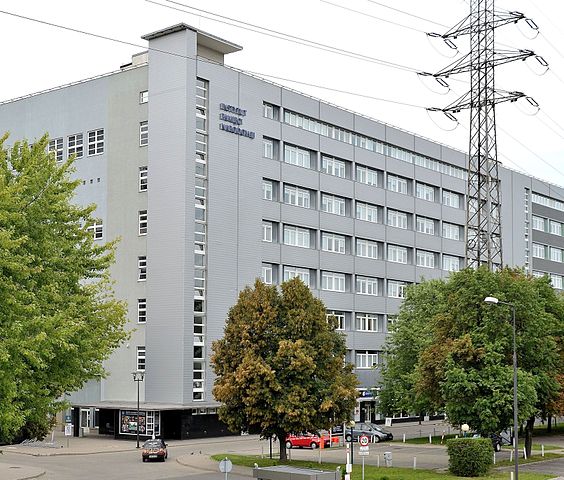
The Institute of National Remembrance, established in 1998 by an act of parliament, is dedicated to preserving the memory of the Polish victims of Nazi aggression. (The IPN, as it’s known, also studies the postwar period, when Poland was ruled by home-grown communists and dominated by its big brother, the Soviet Union).
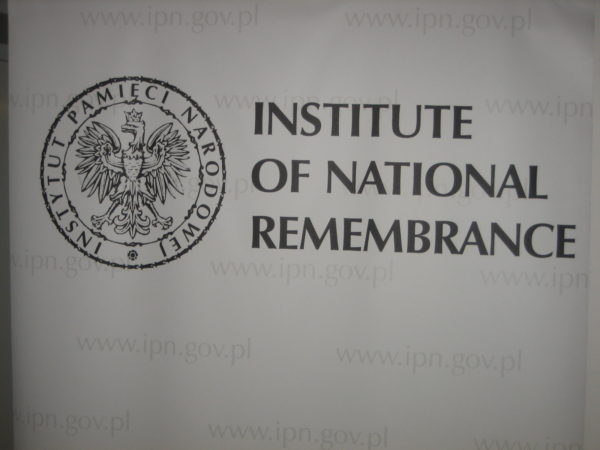
Based in Warsaw, with branches throughout Poland, the IPN has 90 kilometers of archival material ranging from 39 million photographs to 1,900 films.
Also in its vaults are historical documents, such as Gestapo reports from Radom and Krakow and journals kept by the Nazi governor of Poland, Hans Frank, and by the German general who crushed the 1943 Warsaw ghetto uprising, Jurgen Stroop.
The IPN’s Public Education Department is tasked with the mission of disseminating information about the Holocaust, I was told during a visit to IPN headquarters recently.
Its chief constituents are students and teachers. It tries to achieve its broad objectives through seminars, workshops, books, exhibitions and field trips.
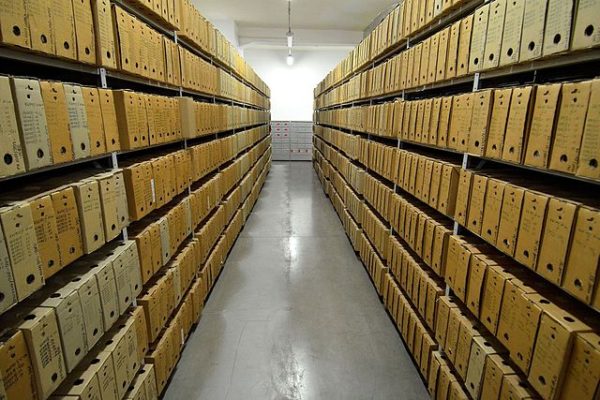
“Teaching the difficult story of the Holocaust, its circumstances and consequences, is also a crucial element of our national identity,” an IPN press release reads. “Furthermore, presenting heroic behavior of those who helped or saved Jewish people during (the war) is a means of ethic formation, an opportunity to promote basic human values.”
Olga Tuminska, head of the Department of Historical Education, said that Holocaust education is mandatory in Polish schools. “Every student in Poland knows what the Holocaust was,” she said. “It is taught in detail. Every teacher is required to teach it.”
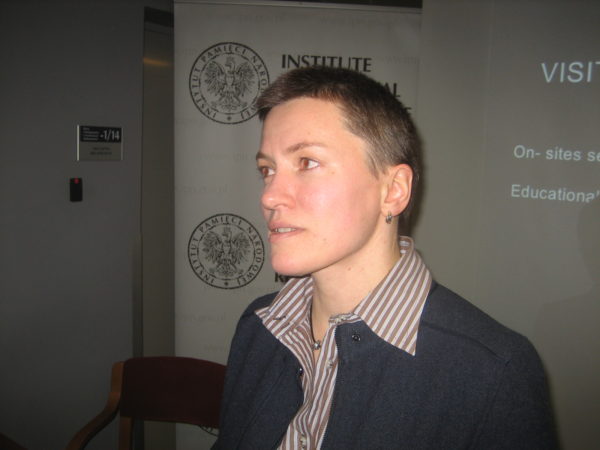
The preparation of educational material for school use is one of its pivotal tasks. In pursuit of this goal, the IPN has published such books as Extermination of Polish Jews During World War II, Auschwitz — Remembrance for the Future and Poles Saving Jews During World War II.
In cooperation with the Research Department, the IPN has mounted more than 400 exhibitions at schools and cultural centers throughout Poland and abroad, including Israel.
The department places considerable stock in internet-based education. Thanks to its online programs, teachers are able to log on to two sites devoted entirely to the Holocaust. The department also arranges meetings between students and individuals who witnessed the Holocaust, as well as trips to former Nazi concentration camps.
The IPN works on the assumption that the 1,000-year Jewish presence in Poland should be recognized and appreciated. “The Jewish people greatly contributed to the richness of Polish culture, arts and science,” says an IPN press release. “It is impossible to truly discover Poland and its history by ignoring that impact.”
